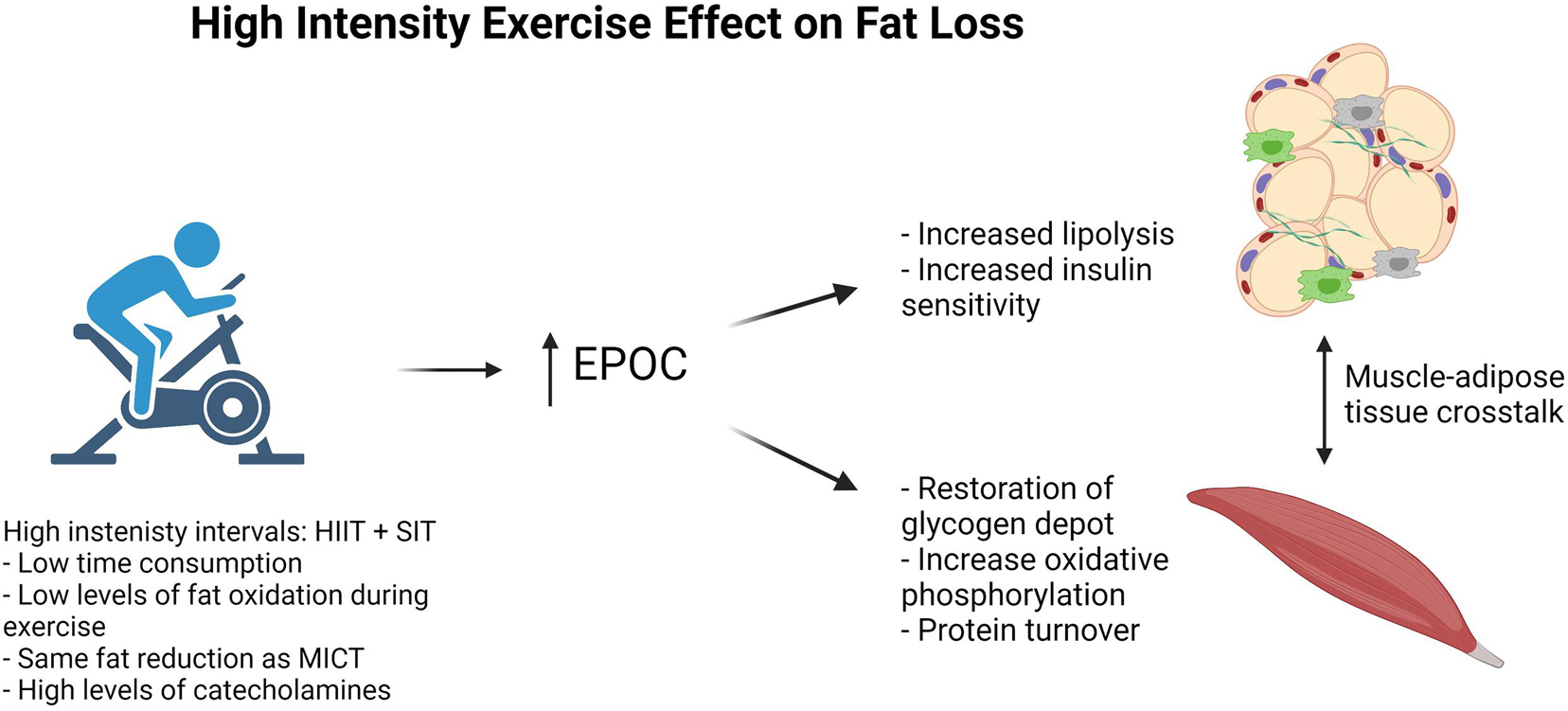When you engage in a vigorous leg day workout, you may notice a temporary increase in your weight. This phenomenon can be perplexing, especially if you’ve been diligently working towards shedding those extra pounds.
However, it’s important to understand that this weight gain is not necessarily fat accumulation. Instead, it can be attributed to various factors such as water retention, muscle inflammation, and increased glycogen storage.
In this article, we will delve into the mechanisms behind weight gain after leg day, and provide you with helpful tips for effectively managing this temporary increase in weight.
:max_bytes(150000):strip_icc()/VWFit-i-just-started-exercising-why-am-i-gaining-weight-1231585-b13e3c8e91e340919a73c903a7f4fda2.jpg)
Water Retention
Explanation of Water Retention
Water retention, also known as edema, occurs when excess fluids accumulate in the body’s tissues. This can result in swelling and a temporary increase in weight.
Causes of Water Retention After Leg Day
One of the main causes of water retention after a strenuous leg day workout is the breakdown of muscle fibers. This breakdown can lead to minor tissue damage, triggering an inflammatory response in the body, which in turn causes fluid retention. Additionally, the increased blood flow to the muscles during exercise can also contribute to water retention.
Effect on Weight Gain
Water is quite heavy, and even a minor increase in fluid retention can lead to a noticeable gain in weight. It is important to note that this weight gain is temporary and will subside as your body recovers from the workout and your fluid balance returns to normal.

Muscle Inflammation
Understanding Muscle Inflammation
Muscle inflammation, commonly referred to as delayed onset muscle soreness (DOMS), is characterized by muscle pain and stiffness that typically occurs 24 to 48 hours after intense exercise. This inflammation is a natural response to the microscopic damage that occurs during exercise.
Inflammatory Response to Leg Day Workout
During a leg day workout, you subject your muscles to intense contractions and stress. As a result, tiny micro-tears occur in the muscle fibers. This triggers an inflammatory response, causing blood vessels to dilate and white blood cells to flood the area to repair the damage. This inflammatory process can lead to swelling and temporary weight gain.
Impact on Weight Gain
Muscle inflammation can lead to fluid retention, contributing to the temporary weight gain experienced after leg day. It is important to note that this weight gain is not indicative of fat gain, but rather a natural healing process as your muscles repair and grow stronger.
Increased Glycogen Storage
Role of Glycogen in Energy Storage
Glycogen is a complex carbohydrate that serves as the primary fuel source for muscles during exercise. It is stored in the liver and muscles and provides energy when needed.
Effect of Leg Day Workout on Glycogen Levels
A strenuous leg day workout depletes your body’s glycogen stores as your muscles utilize this energy source to perform the exercises. After the workout, your body enters a phase known as glycogen supercompensation, where it replenishes these depleted glycogen stores.
Relation to Weight Gain
Glycogen is stored with water molecules attached to it. Therefore, as your body replenishes glycogen stores, water is also retained, contributing to the temporary increase in weight after leg day. It’s essential to understand that this weight gain is merely water weight and not indicative of actual fat gain.

Factors Contributing to Weight Gain After Leg Day
Level of Workout Intensity
The intensity of your leg day workout plays a significant role in the temporary weight gain experienced. Higher intensity workouts tend to cause more muscle inflammation and fluid retention, resulting in a greater increase in weight.
Nutrition and Hydration
Proper nutrition and hydration are essential factors that can impact weight gain after a leg day workout. Inadequate hydration can impair your body’s ability to flush out excess fluids, exacerbating water retention. Additionally, consuming an imbalanced diet can also contribute to inflammation and fluid retention.
Individual Differences in Metabolism
Each person’s metabolism is unique and can influence weight fluctuation. Factors such as genetics and variations in calorie burning can contribute to how your body responds to a leg day workout. Some individuals may experience more significant weight fluctuations, while others may not notice as much of a change.
Level of Workout Intensity
Impact of High-Intensity Leg Day Exercises
Engaging in high-intensity leg day exercises, such as heavy squats or intense plyometrics, can significantly impact your metabolic rate. The higher the intensity, the more calories you burn during and after the workout, resulting in an increased metabolic demand.
Effect on Metabolic Rate
After a high-intensity leg day workout, your metabolic rate may remain elevated for several hours or even days. This increased metabolic rate can contribute to weight gain as your body works to repair and rebuild muscle tissues.
Correlation with Weight Gain
The intensity of your leg day workout can be directly correlated with the temporary weight gain experienced. The more intense the workout, the greater the potential for muscle inflammation, fluid retention, and subsequent weight gain.

Nutrition and Hydration
Importance of Proper Nutrition and Hydration
Maintaining proper nutrition and hydration is vital for overall health and performance. A well-balanced diet and adequate hydration support muscle recovery, reduce inflammation, and optimize your body’s ability to flush out excess fluids.
Effects of Inadequate Hydration
Dehydration can hinder your body’s ability to eliminate excess fluids and can exacerbate water retention after a leg day workout. It is essential to stay properly hydrated before, during, and after exercise to ensure optimal fluid balance and minimize weight fluctuations.
Link Between Nutrition, Water Retention, and Weight Gain
Consuming a diet high in processed foods, sodium, and sugar can contribute to inflammation and fluid retention. On the other hand, a diet rich in whole foods, lean protein, healthy fats, and complex carbohydrates can support muscle recovery and minimize water retention.
Individual Differences in Metabolism
Role of Genetics in Metabolism
Genetics play a significant role in determining an individual’s metabolism. Some people naturally have a higher metabolic rate, allowing them to burn more calories at rest, while others have a slower metabolic rate, making it easier to gain weight.
Variations in Calorie Burning
Even with similar workouts and diets, individuals may have variations in how many calories they burn. Factors such as muscle mass, body composition, and overall physical activity level can influence calorie burning and weight fluctuations after leg day.
Influence on Weight Fluctuation After Leg Day
Individual differences in metabolism can contribute to variations in weight fluctuation after a leg day workout. Some individuals may notice more significant weight gains due to factors such as their genetics and calorie burning capacity.
Managing Weight Gain After Leg Day
Balancing Workout and Rest Days
Balancing your leg day workouts with adequate rest days is crucial for effective weight management. Rest days allow your body to recover, repair muscle tissues, and reduce inflammation, helping to minimize weight fluctuations.
Maintaining an Optimal Diet
Following a well-rounded diet that includes a balance of macronutrients and plenty of hydration can support muscle recovery and minimize water retention. Avoiding excessive sodium intake and opting for whole, unprocessed foods can also help manage weight fluctuations after leg day.
Monitoring Weight Fluctuations
Keeping track of your overall weight trend rather than obsessing over day-to-day fluctuations is important. Remember that the temporary weight gain experienced after leg day is largely due to water retention and muscle inflammation, which will subside as your body recovers.
Conclusion
Understanding the mechanisms behind weight gain after leg day can alleviate concerns and help you better manage your fitness journey. Factors such as water retention, muscle inflammation, and increased glycogen storage all contribute to the temporary increase in weight after a leg day workout.
By maintaining proper nutrition, hydration, and balancing your workout intensity, you can effectively manage and minimize weight fluctuations. Remember to focus on the big picture and recognize that weight is not the sole indicator of progress; instead, prioritize your overall health and well-being.




